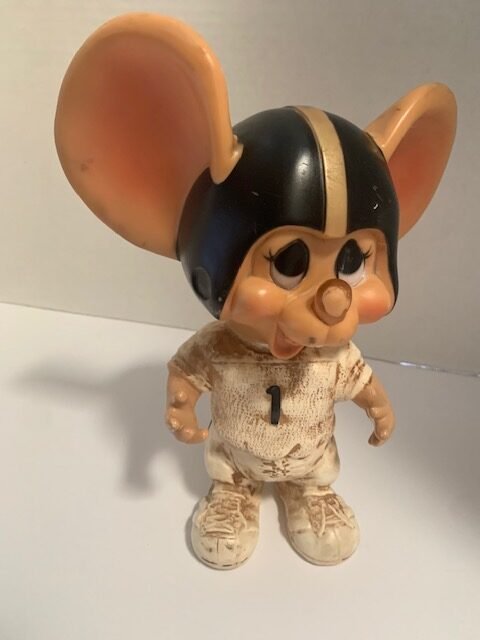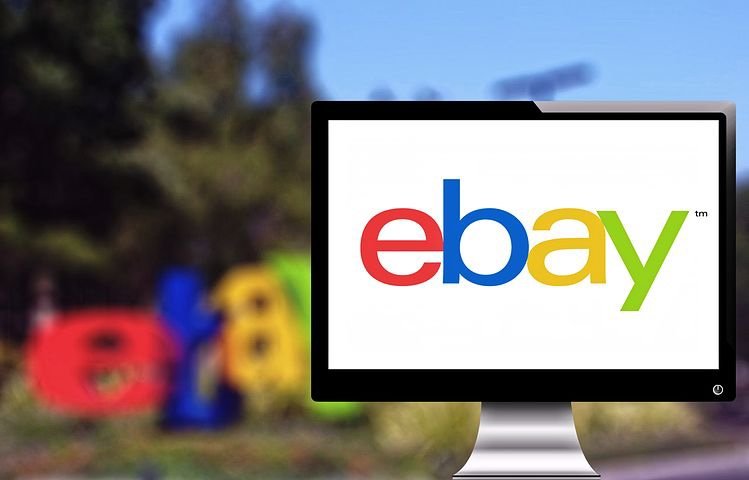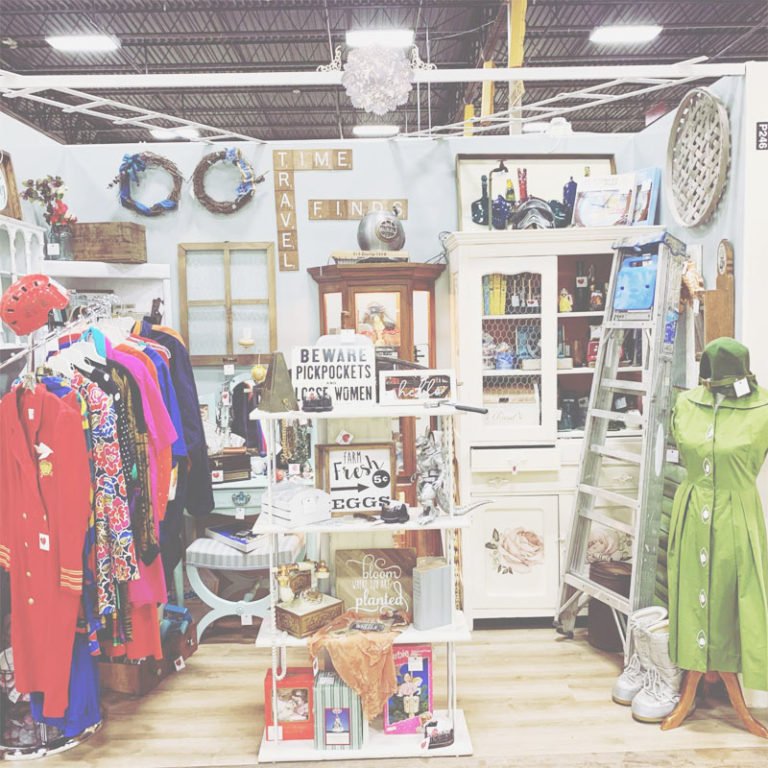In the past, the world of antiques was a realm of dusty old shops and musty auctions, where collectors and enthusiasts would haggle over the price of a rare vase or a vintage piece of furniture. But in the digital age, the world of antiques has undergone a radical transformation. From online marketplaces to virtual reality showrooms, the antique industry has adapted to the changing times, bringing the past into the present in exciting new ways. As both and in person online seller, I am fascinated by the ways in which antiques are being reimagined for the modern era. In this article, we will explore the evolution of the antique industry, from its traditional roots to its digital future, and examine the ways in which antique dealers and collectors are harnessing the power of technology to keep the love of vintage alive. So, buckle up, grab a cup of tea, and let’s take a journey through time and into the future of the antique world.
The Impact of Technology on Antiques

Technology has had a profound impact on the antique industry, transforming the way that collectors and dealers buy and sell vintage items. In the past, antique dealers had to rely on traditional methods of advertising, such as newspaper ads and word of mouth, to promote their businesses. But today, the internet has opened up a whole new world of possibilities for antique dealers, allowing them to reach a global audience with ease.
One of the most significant changes brought about by technology is the rise of online marketplaces. Websites like eBay and Etsy have revolutionized the way that people buy and sell antiques, making it easier than ever for collectors to find the items they are looking for. Online marketplaces also provide a platform for antique dealers to showcase their wares to a much larger audience than they ever could before. This has led to a boom in the antique industry, with more people than ever before becoming interested in collecting vintage items.
Despite these changes, some traditional elements of the antique industry have remained the same. For example, antique dealers still rely on their knowledge and expertise to identify and value vintage items. Technology can help to streamline the buying and selling process, but it cannot replace the skills and experience of a knowledgeable dealer.
The Changing Demographics of Antiques Collectors

Another significant change in the antique industry is the shifting demographics of collectors. In the past, collecting antiques was often seen as a hobby for older, wealthier individuals. But today, a new generation of collectors is emerging, with younger people becoming increasingly interested in vintage items.
Part of the reason for this shift is the rise of social media. Platforms like Instagram and Pinterest have made it easier than ever for people to discover and share images of vintage items. This has helped to create a new generation of collectors who are passionate about preserving the past and who see antiques as a way to connect with history.
Another factor driving the changing demographics of antique collectors is the desire for sustainability. As people become more aware of the environmental impact of fast fashion and disposable consumer goods, many are turning to vintage items as a way to reduce their carbon footprint. Antiques are seen as a way to repurpose and reuse items from the past, rather than constantly buying new things.
The Benefits of Buying and Selling Antiques Online
One of the biggest benefits of buying and selling antiques online is the convenience it offers. Collectors can browse thousands of items from the comfort of their own homes, without having to travel to antique shops or auctions. This is especially important for people who live in rural areas or who do not have easy access to antique stores.
Online marketplaces also provide a level of transparency and competition that was not possible in the past. Buyers can easily compare prices from different sellers and make informed decisions about their purchases. This has helped to create a more competitive marketplace, with sellers having to work harder to offer high-quality items at competitive prices.
For antique dealers, online marketplaces offer a way to reach a global audience with ease. This has opened up new opportunities for dealers to expand their businesses and reach customers outside of their local area. It has also helped to level the playing field, with small dealers able to compete with larger, more established businesses.
Social Media and Antiques – the Perfect Match
Social media has had a significant impact on the antique industry, providing a way for dealers and collectors to connect and share their passion for vintage items. Platforms like Instagram and Facebook allow antique dealers to showcase their items to a vast audience, while also providing a way to connect with potential customers.
Social media has also helped to create a sense of community among antique collectors. Groups and forums dedicated to vintage items have sprung up across the internet, providing a way for collectors to share their knowledge and expertise. This has helped to create a more educated and informed group of collectors who are passionate about preserving the past.
Another way that social media has impacted the antique industry is through the rise of influencer marketing. Many antique dealers are now partnering with social media influencers to promote their items to a wider audience. This has helped to create a new generation of collectors who are discovering antiques through their favorite social media personalities.
Online Auctions and Antiques
Online auctions have become a popular way to buy and sell antiques, offering a level of convenience and accessibility that was not possible in the past. Online auctions allow buyers to bid on items from anywhere in the world, without having to attend a physical auction.
This has created new opportunities for antique dealers, who can now reach a much larger audience than they could through traditional auctions. It has also helped to create a more competitive marketplace, with buyers from around the world competing for the same items.
However, online auctions also come with their own set of challenges. Without the ability to physically inspect an item before bidding, buyers must rely on photographs and descriptions provided by the seller. This can lead to misunderstandings and disappointments, as buyers may receive items that are not as described.
The Future of Antiques in the Digital Age
The future of antiques in the digital age is bright, with new technologies offering exciting possibilities for the industry. Virtual reality showrooms, for example, could provide a way for collectors to experience antique items in a more immersive way. This could help to create a new generation of collectors who are passionate about preserving the past.
Another possibility is the use of blockchain technology to authenticate and track the provenance of antique items. This could help to reduce the risk of fraud and increase the value of vintage items.
As technology continues to evolve, there is no doubt that the antique industry will continue to adapt and change. However, some things will remain the same – the passion and expertise of antique dealers, the beauty and uniqueness of vintage items, and the love of the past that drives collectors and enthusiasts around the world.
Conclusion – Antiques in the Age of Technology
In conclusion, the digital age has brought about many changes in the antique industry, but it has also opened up new opportunities and possibilities. From online marketplaces to social media, technology has helped to create a more connected and competitive marketplace for vintage items. As the industry continues to evolve, it will be fascinating to see how new technologies are used to preserve and promote the beauty and history of antique items. Whether you are a seasoned collector or a curious newcomer, there has never been a more exciting time to be part of the world of antiques.
Be sure to subscribe for more reselling tips and tricks!







